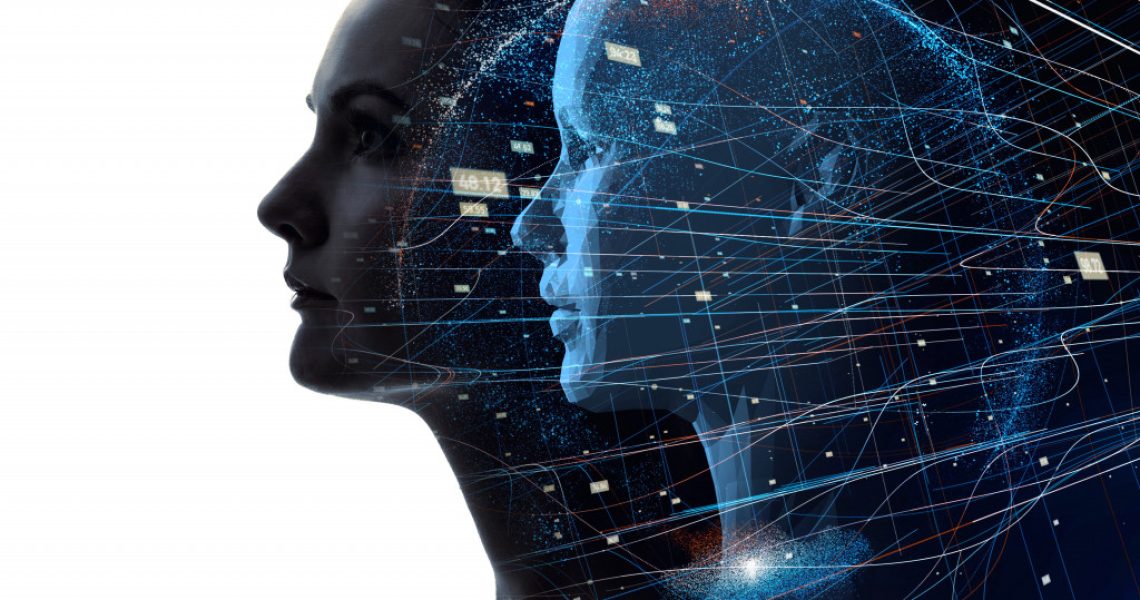Today’s technology advances at such lightning speed that it enables quick change and advancement, accelerating the rate of change until it finally becomes exponential. However, cutting-edge technologies and trends continue to develop in response to the pandemic. IT professionals were forced to recognize that their position in the contactless world of the future has altered significantly.
It entails keeping an eye on the future to determine the talents you’ll need to acquire to gain secure work tomorrow, as well as how to get there. Everybody is bowing to the global epidemic, and the majority of the world’s information technology workforce is working from home. Suppose you want to make the most of your time at home, cybersecurity consulting companies can assist you in protecting yourself from the dangers that these new technological trends may introduce.
Automated Robots
We are still far from developing a fully functional humanoid-like robot capable of autonomous operation. Autonomous robots do exist and are now being deployed in a large number of houses. Robotic vacuum cleaners such as the iRobot and Neato are moving around your home independently and clean the floors. That is, after all, the extent of our progress with consumer-facing robots. The robot is prevented from clamping down on a human arm using an integrated sensor system.
Additionally, it is operated by an integrated touchscreen. However, it responds to voice instructions as well. It will also react to preprogrammed motions.
Artificial Intelligence(AI)
Although Artificial Intelligence has garnered much attention over the last decade, it remains a new technological trend because its impact on how we live, take a job, and engage is still in its infancy. AI is well-known for its use in picture and voice recognition, navigation applications, personal assistants on smartphones, and ride-sharing applications. Companies use AI to analyze interactions to uncover hidden connections, forecast demand for services, and allow for more informed resource allocation choices.
Edge Computing
Cloud computing use continues to expand as an increasing number of enterprises shift to the cloud. However, this is no longer a new technological trend. It is a border. As enterprises’ data storage requirements continue to grow, they’ve recognized the limitations of cloud computing in some circumstances. Edge computing is intended to assist in resolving some of these issues by avoiding the delay associated with cloud computing and transferring data directly to a data center for processing.
Smart Appliances
As our gadgets get smarter, such as our phones, watches, and even jewelry, we will all begin to understand the advantages of having smart appliances. Consider a refrigerator that may have a good glass of water prepared for you when you enter the kitchen — all requested through your cell phone. You can already buy refrigerators, washers, and dryers, as well as other gadgets that have touchscreen screens and a slew of sensors.

Smart Toilets
In Japan, toilets do urinalysis after individuals use them and then notify them if they have diabetes — or are in danger of developing it. That seems to be one of the primary functions of smart toilets: maintaining our health. Stool and urine analysis teaches you a great deal. Toilets may soon detect pregnancy in women via urine analysis, and colon cancer in individuals via feces analysis.
Quantum Computing
Quantum computing is the next big technological development. It is a kind of computing that makes use of quantum phenomena such as superposition and quantum entanglement. Due to its capacity to readily query, monitor, analyze, and act on data from any source, this incredible technological trend is also engaged in avoiding the spread of the coronavirus and developing viable vaccines. Another application area for quantum computing is banking and finance, where it is being used to control credit risk, perform high-frequency trading, and identify fraud.
Blockchain
While the majority of people associate blockchain technology with cryptocurrencies like Bitcoin, blockchain technology provides security in a variety of different ways. Blockchain is data that can only be added to, not deleted, or altered. As a result of creating a data chain, the word “chain” was coined. Its security is derived from the fact that users cannot change the preceding blocks without invalidating the whole chain. Additionally, since blockchains are consensus-based, no one party can seize possession of the data. There is no requirement for a responsible third party to monitor or verify transactions when using blockchain.
Cybersecurity
Although cybersecurity does not seem to have established a benchmark in Future Trending Technologies, it is advancing simultaneously as other technologies. Cybersecurity will be the most innovative technology in the next year as it evolves to guard against hackers. As we describe it, cybersecurity is the technology, software, and procedures used to safeguard servers, networks, applications, and devices from attack and illegal access.
Many of the future technologies shown in science fiction films are so incredible that it’s difficult to believe they’ll ever be available in our homes. It is possible that it already exists. Modern technology has grown to the point that we can now command and control almost anything.

